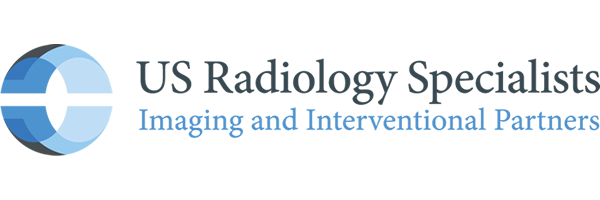It is estimated that one in eight women will receive a diagnosis of breast cancer during her lifetime. While family history can be a risk factor, many diagnoses occur in women with no history. In fact, around three out of four women with breast cancer have no family history of the disease. Being aware of your risk factors and getting annual screening mammograms are very important steps in taking care of your breast health.
How Family History of Breast Cancer Affects Your Risk
While most women diagnosed with breast cancer do not have a family history, having a close relative who has the disease greatly increases your personal risk.
- If you have a first-degree relative (a mother, sister or daughter) who has been diagnosed with breast cancer, your risk nearly doubles.
- If you have two first-degree relatives who have been diagnosed with breast cancer, your risk increases nearly three-fold.
- If you have a second-degree relative, such as an aunt or grandmother, diagnosed with breast cancer, your risk increases.
Breast cancers caused by certain gene mutations, most commonly mutations to the BRCA genes, can run in families. Certain mutated genes can lead to abnormal cell growth, which in turn increases the risk of cancer. Women with a BRCA1 or BRCA2 gene mutation have up to a 70% chance of developing breast cancer by age 80. This risk also depends on how many other family members have been diagnosed.
Read More: 10 Mammogram Questions You’re Too Nervous to Ask
Other Breast Cancer Risk Factors
In addition to genetics, other factors can affect your risk of developing breast cancer.
Risk factors you cannot control include:
- Age. Your risk increases as you get older. Most breast cancers occur in women age 55 and older.
- Breast density. Women with dense breast tissue are more likely to develop breast cancer. A recent study found that having dense breasts is a prevalent risk factor many women overlook.
- Menopause. Women who go through menopause later, especially after age 55, have a slightly higher risk.
- Menstruation. Women who had their first period at a younger age, especially before age 12, also have a slightly higher risk.
- Personal history of breast cancer. If you have had breast cancer in one breast, the risk is higher of developing cancer in the other breast or in a different area of the same breast.
- Sex. Men can develop breast cancer, but it is much more common in women.
- Race. Diagnostic rates of breast cancer are higher in Caucasian and African American women, but lower in Asian, Hispanic and Native American women.
- Radiation. Having radiation therapy to the chest for another type of cancer, especially as a teen or young adult, can make it more likely for breast cancer to develop later in life.
Lifestyle factors also play a role in breast cancer risk. These factors include:
- Diet. Clinical studies have shown that eating a healthy diet can help lower your risk.
- Hormone use. Taking combined hormone therapy to relieve menopausal symptoms can raise breast cancer risk.
- Physical activity. Studies have shown that exercising regularly, especially after menopause, can lower your risk of developing breast cancer.
- Not having children. Women who don’t become pregnant or who have their first child after age 30 have a slightly higher risk.
- Not breastfeeding. Studies suggest that women who don’t breastfeed may be at a slightly higher risk.
- Obesity. Being overweight or obese, especially after menopause, increases risk.
- Alcohol consumption. Some studies suggest that drinking alcoholic beverages can increase breast cancer risk. Limiting intake may lower risk.
- Smoking. Some studies suggest smoking may put you at higher risk for breast cancer.
The Importance of Early Detection
Even if you have no known risk factors, you are not immune to breast cancer. Regardless of risk factors, maintaining your best breast health over time should include annual screening. Screening mammograms can detect breast cancer two to three years before a lump can be felt, and earlier diagnosis means more treatment options and higher survival rates.
For women at average risk of breast cancer, annual screening mammograms should start at age 40. If you have risk factors, such as a family history of breast cancer, ask your doctor at your wellness visit when to begin screening. Starting earlier can establish a baseline for future screenings to make it easier to detect changes over time. Genetic testing may also be recommended to get a more accurate picture of your personal risk.
For your breast imaging needs, Charlotte Radiology offers both screening and diagnostic mammography services to help you prioritize your breast health both now and in the future.




